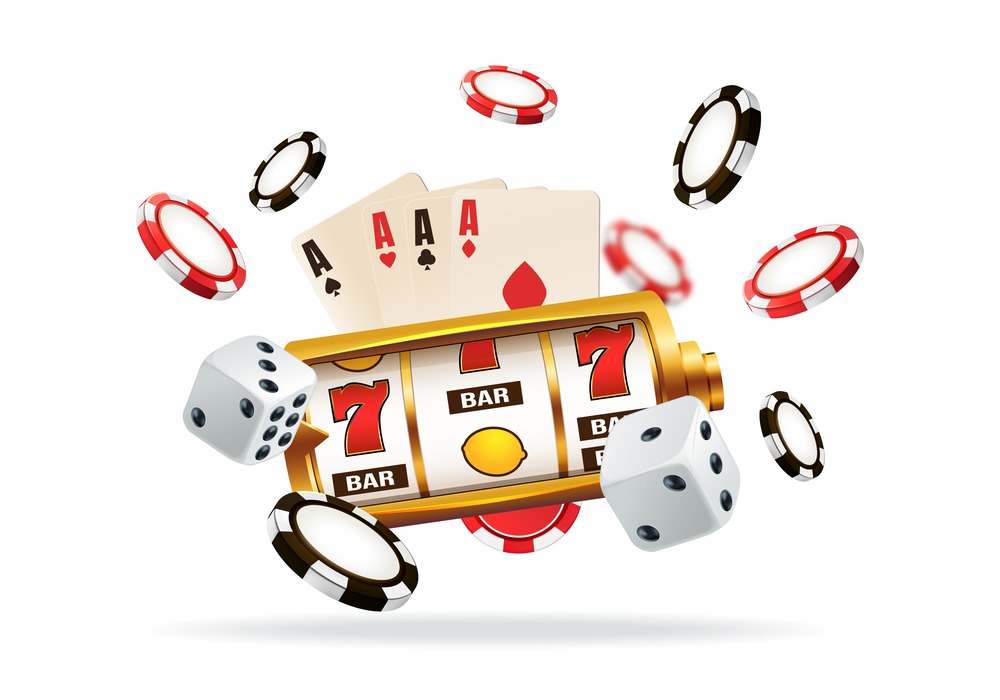The Kelly Criterion is a mathematical formula used in casino betting to help determine the optimal size of a series of bets. It is designed to maximize the growth of a gambler’s bankroll over time by considering the probability of winning and the payoff odds. By calculating the percentage of your bankroll to wager based on these factors, the Kelly Criterion aims to strike a balance between maximizing potential gains and minimizing the risk of ruin.
Implementing the Kelly Criterion requires a disciplined approach to betting, as it involves making calculated decisions based on statistical probabilities rather than mere intuition or emotion. By following the recommended bet size determined by the formula, gamblers can potentially increase their chances of long-term success and protect their bankroll from significant losses.
While the Kelly Criterion can be a powerful tool in a gambler’s arsenal, it is not without limitations. Factors such as uncertainty in probability estimates, changing odds, and the potential for large swings in bankroll value can affect the effectiveness of the strategy.
It is important for individuals to carefully assess their risk tolerance and adjust their betting strategy accordingly when utilizing the Kelly Criterion in casino betting.
Origins of the Kelly Criterion
The Kelly Criterion, a method for optimizing bet sizing to maximize wealth growth, was developed in the 1950s by John L. Kelly Jr., a scientist at Bell Labs. Kelly’s research aimed to provide a strategy for effective bankroll management for investors and gamblers.
By introducing fractional betting, Kelly devised a formula to calculate the ideal percentage of one’s bankroll to wager on a specific bet. This formula considers the probability of winning and the potential payoff, aiming to find a balance between risk and reward.
Over time, the Kelly Criterion has become widely used in various fields for risk management and decision-making purposes.
Calculating Optimal Bet Size
To compute the optimal bet size using the Kelly Criterion, it’s essential to factor in your advantage in a specific bet and the odds provided by the casino. Here’s a systematic approach to determine the optimal bet size:
-
Determine the Edge: Start by assessing the probability of winning a bet and the associated payout ratio.
-
Compute the Kelly Fraction: Utilize the formula (Edge/Odds) – (1 – Edge) / Odds to ascertain the ideal percentage of your bankroll to wager.
-
Implement the Kelly Criterion: Multiply the Kelly Fraction by the proportion of your bankroll you’re comfortable risking to derive the optimal bet size.
Risk Management Strategies
When engaging in casino betting, implementing risk management strategies is essential. When utilizing the Kelly Criterion, it’s important to incorporate measures to protect your bankroll.
One effective strategy is diversification, which involves spreading bets across various games or tables to mitigate potential losses. Setting stop-loss limits is another crucial tactic to prevent significant declines in your bankroll. Establishing a point at which you’ll exit the game helps avoid chasing losses.
Additionally, adjusting bet sizes based on your confidence level in a specific game or hand can enhance risk management. Adapting bet amounts according to perceived risk levels aids in safeguarding funds and maximizing potential returns.
Practical Application in Casino Betting
Utilizing the Kelly Criterion in casino betting involves a methodical approach to enhance potential profits while effectively managing risks. To implement this strategy:
-
Assess Your Edge: It’s crucial to determine the advantage you hold in a specific bet to accurately gauge your edge.
-
Allocate Bankroll Percentage: Establish the percentage of your bankroll you’re comfortable risking, taking into account your edge and the prevailing odds.
-
Calculate Optimal Bet Size: Utilize the Kelly Criterion formula to compute the ideal bet size, aiming to strike a balance between maximizing potential returns and minimizing risks.
Examples and Case Studies
Let’s explore some practical examples and case studies that demonstrate the application of the Kelly Criterion in casino betting.
Suppose you have $1,000 and are contemplating a bet with a 60% chance of doubling your money. Applying the Kelly formula, the optimal bet size would be 20% of your bankroll, equivalent to $200 in this scenario. By consistently adhering to this strategy, you can enhance your long-term growth prospects while mitigating the risk of significant losses.
On the contrary, if you bet too aggressively and exceed the recommended amount, you could jeopardize a substantial portion of your funds in a single bet. These examples underscore the significance of the Kelly Criterion in effectively managing your bets within casino gambling settings.
We recommend to check Understanding the Labouchere Betting System.
Conclusion
Understanding the Kelly Criterion in casino betting allows for more informed decision-making when placing wagers. By calculating the optimal bet size and implementing effective risk management strategies, individuals can apply this formula in practical situations. The Kelly Criterion offers a method to potentially increase profits while minimizing losses in the realm of casino gambling. It is a valuable tool for strategic betting practices.

